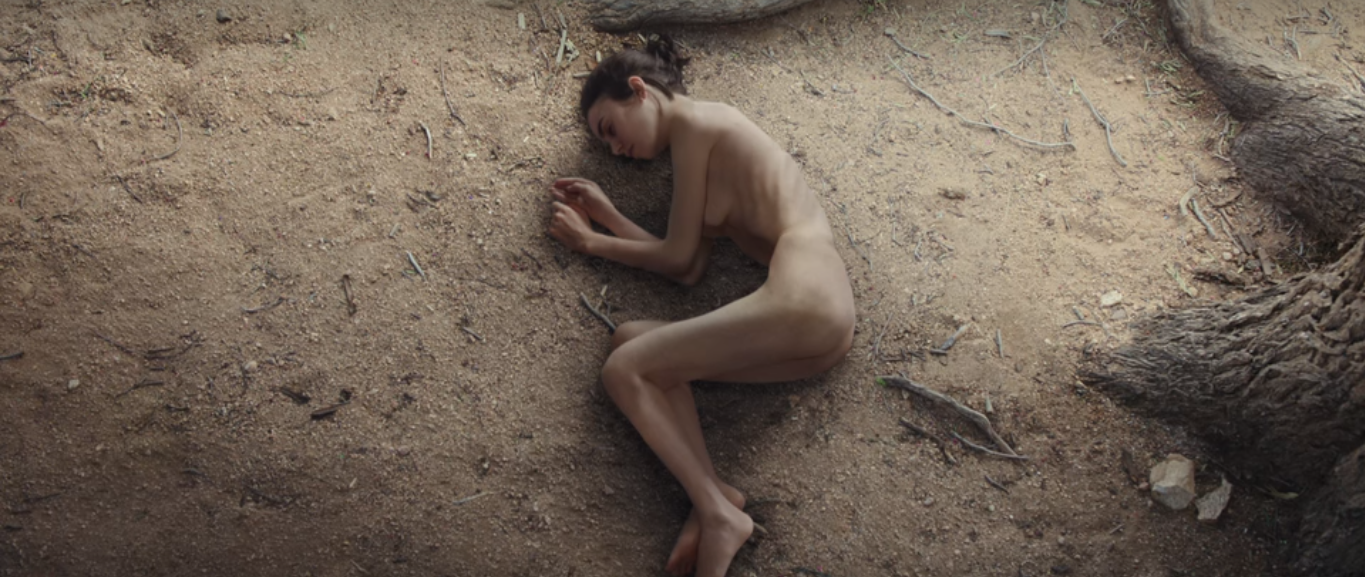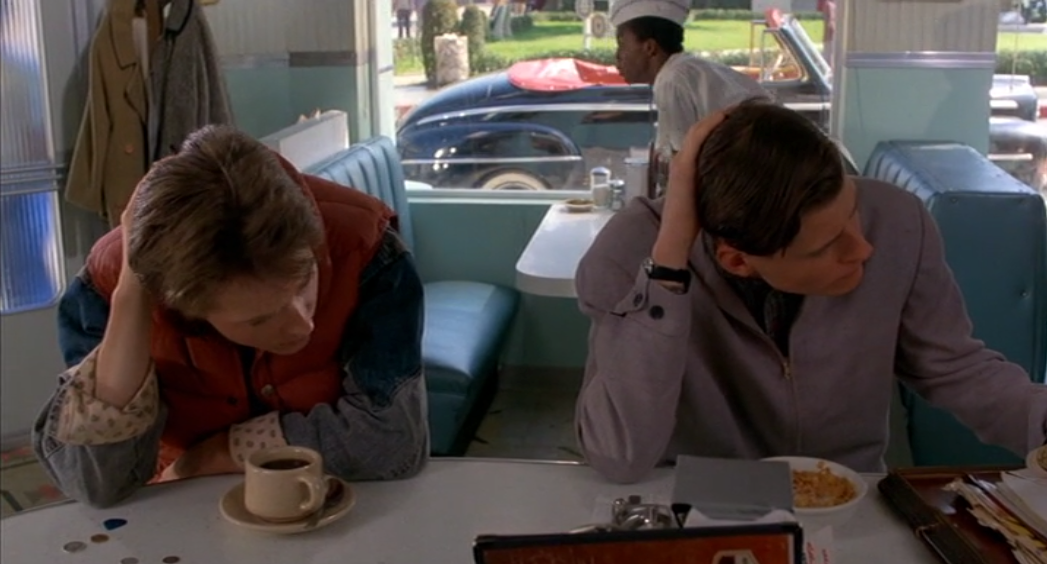Bird’s Eye – To The Bone (dir. Marti Noxon, 2017)


A bird’s-eye shot is when the scene is shown from a very high place, as a bird would see if it was watching. This particular scene is one of the most significant in the whole film, as Ellen realises what her body has started to look like because of her struggles with anorexia. The director’s choice to have a bird’s-eye view show this scene where she looks down at her body is very effective, as it reflects the out-of-body experience that Ellen is experiencing. This shot emphasises the shocking change in appearance that she has gone through in the film, and serves as a pivotal moment towards Ellen’s recovery.
Canted – Inception (dir. Christopher Nolan, 2010)


A canted angle is made when the horizon isn’t level, and it often gives the sense of something not being quite right in a scene. Inception uses a number of different shots in this famous corridor scene. The canted angle is created as the corridor tilts around, which is caused by the characters’ bodies swaying around in the real world. This shot helps to create a dream-like effect, which works very well in this part of the film, as it emphasises that none of this scene is really happening. It also increases the audience’s sense of confusion, as this shot makes the already weird scene ever stranger.
High Angle – Back to the Future (dir. Robert Zemeckis, 1985)


A high angle is a shot when the camera is tilted down, looking at the characters below. The use of the high angle in this scene is powerful as it shows the similarities between Marty and his father. From this, the audience can clearly see that it is his father, even if they weren’t aware of it yet, because of the way they are acting so alike. This angle also gives the audience a good look at the 50’s diner, so they can be fully immersed in the film. There are many details in this shot that help with this immersion – including the costumes, the style that the diner is decorated in, and the car outside of the window.
